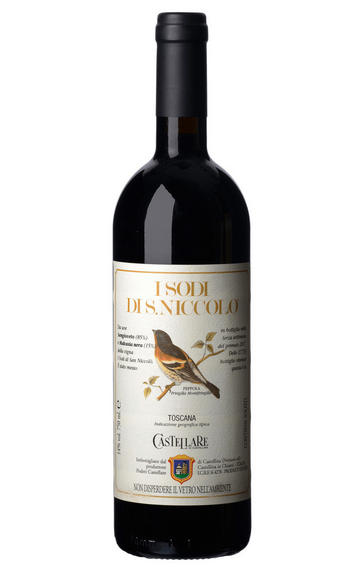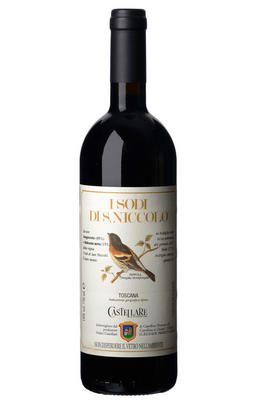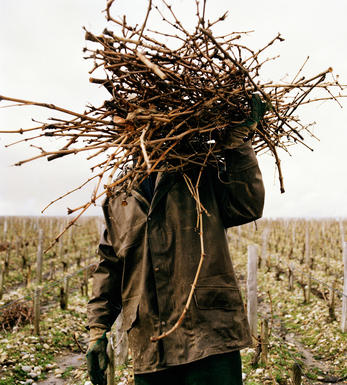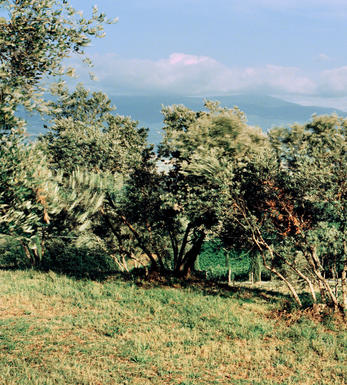
2016 I Sodi di S. Niccolò, Castellare di Castellina, Tuscany, Italy

Critics reviews
Drink 2026 - 2041
Antonio Galloni, vinous.com (Sep 2020)
Drink 2021 - 2040
Monica Larner, Wine Advocate (Mar 2021)
James Suckling, jamessuckling.com (Jul 2020)
About this WINE

Domini Castellare Di Castellina
Castellare di Castellina was born in 1968 from the consolidation of five farms. A good exposure to the sun, a good drain of the water, a mixed ground of calcareous marls, galestro and little clay give wines both red and white, which are very well structured, intense and proper for a long ageing in bottle.
Poderi Castellare di Castellina is a company of about 80 hectares in the heart of the Chianti Classico area, close to the village of Castellina in Chianti. The hectares of vineyard are almost 33, located on the hills of a natural amphitheatre facing southeast. The production is of about 250.000 bottles of wine per year. To a middle altitude of 370 m. above sea level the vineyards have an age between 5 and 30 years. Besides the vineyards there are about 12 hectares of olive-groves and 15 hectares with a mixed cultivation.

Tuscany
Responsible for only 6 percent of Italy's total wine production in 2006 (half that of the Veneto) Tuscany may not be a heavyweight in terms of quantity, but as the home of two of the country's most famous fine wines - Chianti and Brunello di Montalcino - it certainly holds its own in terms of quality.
Tuscany is Italy's most ancient wine region, dating back to the 8th century BC when the Etruscans developed the area in parallel with the Greeks, before ceding to the Romans. Along with building roads and sewers, they developed the region's viticultural potential, using wood for winemaking rather than amphorae, and passing their expertise onto their French neighbours. With the demise of Rome in the 5th century AD, the Longobards established Lucca as the capital of what was then known as Tuscia. Florence and Siena became banking and trading hubs during the Middle Ages, with Chianti – then a white wine – first documented in the 14th century.Tuscany passed from the Medicis to the Habsburgs as part of the Holy Roman Empire, and then onto the Austrian Empire before becoming part of a reunified Italy in 1861. The quality of Chianti was first recognised by the Grand Duke of Tuscany, Cosimo III, who classified its finest areas in 1716.
Located in the west-central part of the country with the Tyrrhenian Sea lapping its coastline, Tuscany's climate ranges from Mediterranean on the coast to continental deep in the Apennines. More than two thirds of the province is covered with hills, an important terroir factor in the production of fine Tuscan wine. The finest such areas are Chianti Classico, Chianti Rufina, Brunello di Montalcino, Vino Nobile di Montepulciano, Morellino di Scansano and Bolgheri. Sangiovese (in its various clones) is the black grape of choice.
Recommended producers: Valgiano, Caiarossa, Villa Calcinaia, Bibbiano, Badia a Coltibuono, La Serena, Scopetone, Lisini, Sesti, San Giuseppe, Cerbaiona.

Sangiovese
A black grape widely grown in Central Italy and the main component of Chianti and Vino Nobile di Montepulciano as well as being the sole permitted grape for the famed Brunello di Montalcino.
It is a high yielding, late ripening grape that performs best on well-drained calcareous soils on south-facing hillsides. For years it was blighted by poor clonal selection and massive overcropping - however since the 1980s the quality of Sangiovese-based wines has rocketed upwards and they are now some of the most sought after in the world.
It produces wines with pronounced tannins and acidity, though not always with great depth of colour, and its character can vary from farmyard/leather nuances through to essence of red cherries and plums. In the 1960s the advent of Super Tuscans saw bottlings of 100% Sangiovese wines, as well as the introduction of Sangiovese/Cabernet Sauvignon blends, the most famous being Tignanello.


Buying options
Add to wishlist
Description
Castellare's I Sodi di San Niccolò is the single most overlooked high-end wine in Tuscany today. The 2016 picks up where the 2015 left off. A rush of inky dark fruit, lavender, spice, licorice, gravel, blueberry and menthol builds as the 2016 shows off its exceptional balance and pedigree. Readers will have to be patient, as the 2016 needs a few years in bottle to fully come together. Even so, the 2016 has been nothing less than spectacular on the two occasions I have tasted it so far. In a word: monumental.
Drink 2026 - 2041
Antonio Galloni, vinous.com (Sep 2020)
wine at a glance
Delivery and quality guarantee